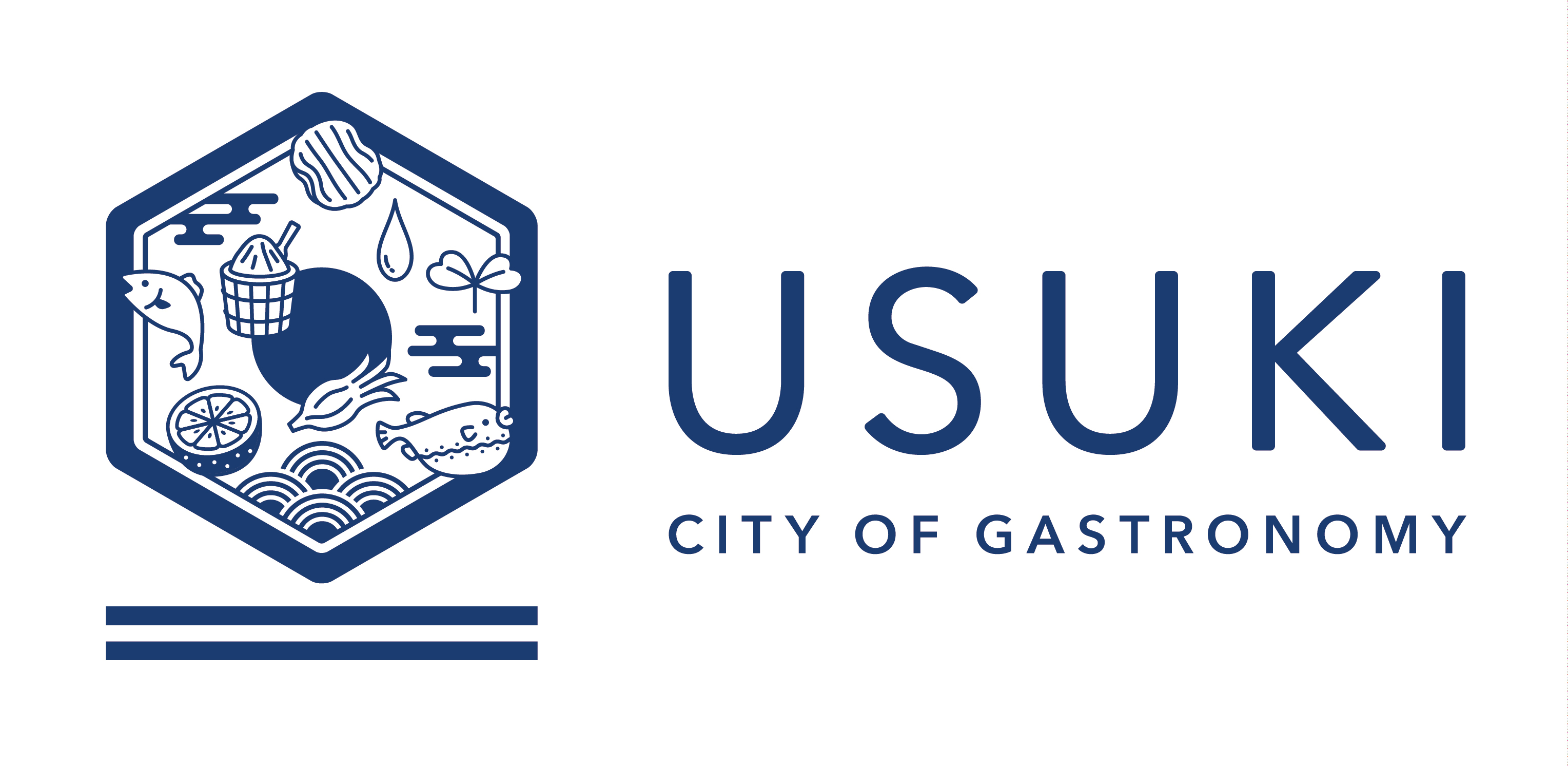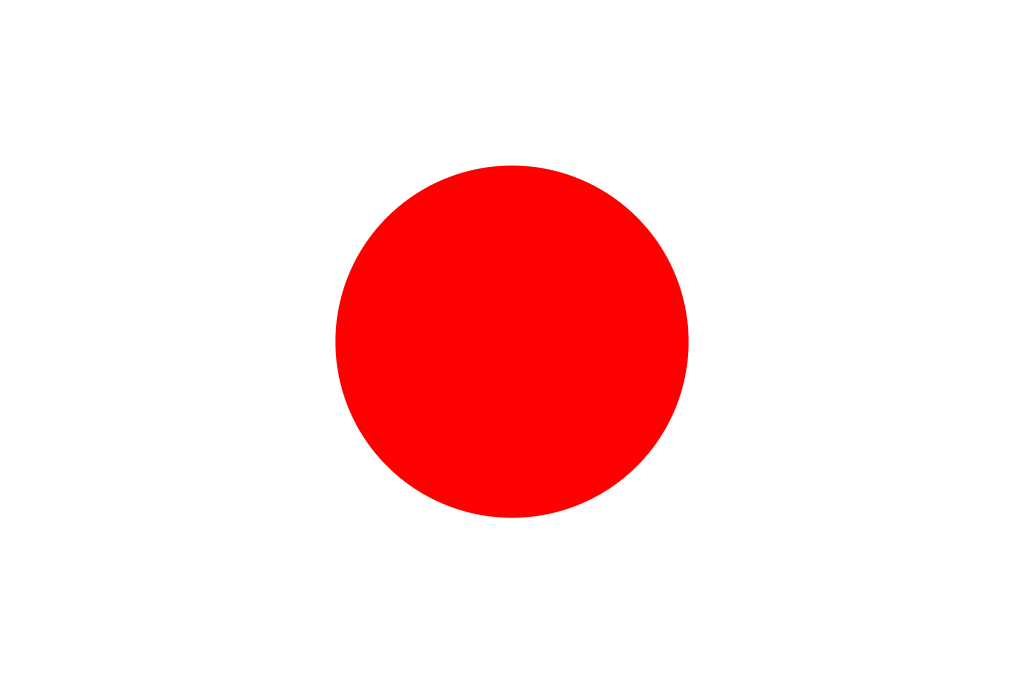Barley Shochu and Koji Making - Prime (November 10, 2020)
After steaming, the seeding barley is transferred from the drum to the shelf for maintenance. Koji is made by steaming starchy raw materials such as rice and barley and implanting them with koji fungus (koji-kin). The saccharifying enzyme produced by the Koji-kin is used to break down the starch.
In shochu production, we often use white koji fungus. The citric acid that it produces is used to prevent spoilage.
Barley Shochu - Raw Material Processing - Washing the Barley (October 30, 2020)
The raw barley is properly washed to remove foreign substances such as bran and soil from its surface.
We use Oita Prefecture’s original Toyonohoshi barley as the main ingredient for our barley shochu.
Sweet Potato Shochu - Refining and Filtration (October 30, 2020)
After cooling, the sweet potato shochu - which has now had all of the oily substances removed - is filtered and stored.
With the goal of best using the flavour of the raw materials used, we opt for a simple filtration aid - diatomaceous earth.
Sweet Potato Shochu - Degassing and Removing Oily Substances (October 26, 2020)
1. Degassing:
For products that have been atmospherically distilled, if stored in an open state after testing, the gas will be released after about a month. In a closed state, the gases will not escape easily, so it is necessary to either transfer or stir the product for the gas to be released.
2. Removal of Oily Substances:
As a result of the production process, shochu products contain oily substances derived from the raw materials used. Distillation transfers them to the product. Some of these will naturally dissolve but most will float to the surface.
This substance gradually oxidizes during storage which causes an oily odour.
It also combines with metals such as iron and coagulates to form a precipitate.
It subsequently becomes a cotton-like mass that either sinks to the bottom of the tank or stays suspended in the fluid which, if left, significantly reduces the quality and commercial value of the final product.
The temperature of the shochu test tank is around 25℃, making it very difficult for the oily substances to break down naturally.
An effective way to aid in the removal of these oily substances is the installation of a cooling device. We move the product from the testing tank to the cooling tank and reduce its temperature to 10℃ or less. Finally, we scoop off the oily substances floating on the surface.
Sweet Potato Shochu - Distillation (October 13, 2020)
The tax law that distinguishes honkaku shochu from korui shochu lies in its distillation method. Korui shochu is produced using a continuous distillation method whereas honkaku shochu is produced in batches using a single distillation method.
Sweet Potato Shochu - Raw Material Processing - Crushing, and the Secondary Mash (October 12, 2020)
Today we crushed the cooled steamed potatoes in the potato crushing machine.
By crushing the potatoes, they become more susceptible to the action of the enzymes during the secondary mash, making it easier for them to break down the starch.
We then added the crushed sweet potatoes to the secondary mash. To avoid the formation of lumps in the mash, we stir it with a paddle.
Sweet Potato Shochu, Koji Making and the Primary Mash (October 9, 2020)
Even in the production of sweet potato shochu, we still use rice (domestic) to make the koji. Koji is made by steaming starchy raw materials such as rice and barley and implanting them with koji fungus (koji-kin). The saccharifying enzyme produced by the Koji-kin is used to break down the starch.
In shochu production, we often use white koji fungus. The citric acid that it produces is used to prevent spoilage.
During the primary mash, we add yeast and water to the koji, and it is left to ferment for 3-8 days.
The mash has shubo-like characteristics which will contribute to the smooth fermentation of the secondary mash. Rice koji is typically used in sweet potato shochu.
Sweet Potato Shochu - Raw Material Processing - Steaming/Cooling (October 8, 2020)
Once the sweet potatoes have been washed, cut and quality checked, they are immediately steamed on the same day using a steamer (drum type). The steaming process has many effects such as saccharifying starch, removing tar that can be found on the skin due to damage, sterilizing the germs that have attached themselves to the sweet potatoes surface, and pregelatinizing the sweet potato starch.
Finally, after leaving the potatoes to cool for about 90 minutes, we can begin the crushing process.
Sweet Potato Shochu - Raw Material Processing - Cutting/Selecting (October 2, 2020)
Once the sweet potatoes have been washed, we must remove both ends and any scars that there may be. The sweet potatoes may also have been affected by nematodes or have black spots on their surface that will extremely deteriorate the final quality of the liquor we produce. Hence, it is imperative that those spoiled potatoes are removed.
To help during this busy time, everyone at Kuge Honten from each department ? sales, products, and office staff - participate, and together we process 600kg of sweet potatoes a day.
Sweet Potato Shochu - Raw Material Processing - Washing (October 1, 2020)
We have started the production of our potato shochu. The main ingredient, the Kanta-kun, is a sweet potato with a high sugar content produced here in Usuki City. We use them in both our Tsunezo (25% Vol) and Kanta-kun (20% Vol) shochu. When our fresh order of raw Kanta-kun sweet potatoes arrive, it’s not unusual for the potatoes to be covered in a large amount of soil and sand residue. Our job is to prepare the potatoes by carefully cleaning them.
To do this, we use a potato washing machine. The machine consists of a long metal drum that sits in a reservoir. Inside the drum there is a spiral plate that guides the potatoes from one end of the drum to the other as it spins. The potatoes are thrown into the washer and the friction between the potatoes and the metal cage gives them a good clean.



 日本語
日本語